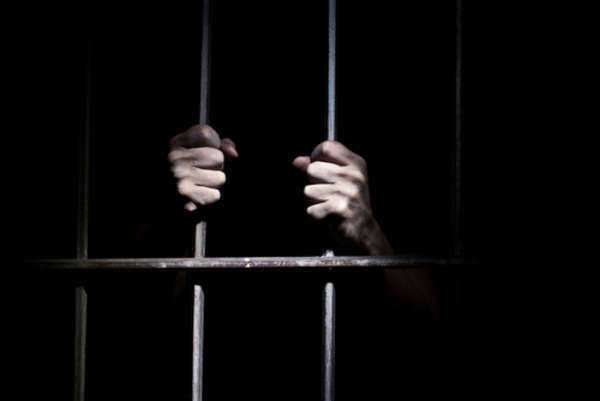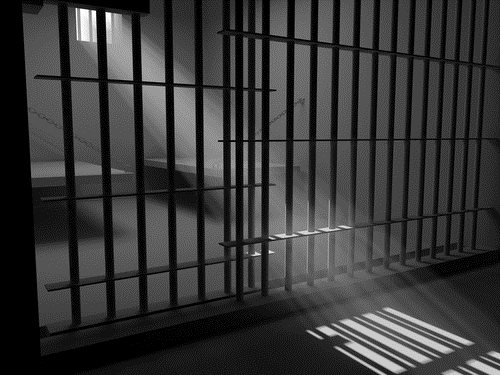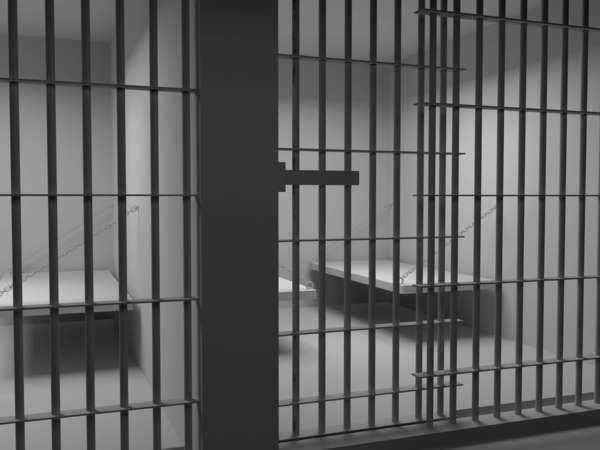Kane County Jail



Gwinnett county jail
Gwinnett County Jail, or Gwinnett County Detention Center, holds inmates at 2900 University Parkway, Lawrenceville, Georgia. Friends and family of Gwinnett County Jail inmates can visit them, granted that the proper procedures are carried out, for 45-minute durations. Gwinnett County Jail inmates can receive visits of this kind on every day of the week save Friday, as long as the visitors are over 17 years of age. If not, minor Gwinnett County Jail visitors will only be allowed in on Sundays.
Fulton county jail
The city of Atlanta, Georgia and the overall county of Fulton can house prisoners in Fulton County Jail, located in this city at 901 Rice Street Northwest, reachable at 901 Rice Street Northwest. Fulton County Jail inmates may not be visited in-person, but family and friends can speak to the person who has been jailed in the facility through a Video Visitation session, an appointment for which can be made with the Fulton County Jail authorities.
DeKalb County Jail
DeKalb County Jail holds inmates in Decatur, Georgia, including all arrests made in DeKalb County as a whole, and thereby bypassing administrative distinctions between county, state and local charges and the arresting power of different agencies. If sentenced for a felony, a DeKalb County Jail inmate will typically be sent to a state-run holding facility. The DeKalb County Jail, by contrast, is administered by the DeKalb County Sheriff’s Office.
Douglas County Jail
Prisoners in Douglasville, Georgia are housed in Douglas County Jail, at 6840 Church Street, and can include over 750 different individuals waiting sentencing or otherwise under the custody of the Douglas County Sheriff’s Office. This office employs 84 sworn detention deputies, among other staffers, to administer Douglas County Jail and its inmate population. Inquiries concerning Douglas County Jail can be directed to (7700 942-4333, or to Douglas County Sheriff’s Office, Jail Division.
Metro State Prison
Metro State Prison houses maximum-security women convicted of felonies, including those sentenced to death row. Under the administrative power of DeKalb County, and the Georgia Department of Corrections, Metro State Prison is allowed to hold up to 705 women, who may be visited by friends and family via Video Visitation. The average age of a Metro State Prison inmate falls between 25 and 35, with the furthest extremes being 13 and 80, among whom 90% are mothers.
Contact Georgia lawyers for legal advice and assistance.






The Michigan State Prison was the first prison facility in the state, which would open in 1839. The first permanent fixture of the Michigan State Prison, however, would not be completed until 1842. The original Michigan State Prison was built in Jackson, Michigan, though the facility would later be moved to a new location and building in 1926. The prison would hold almost 6,000 prisoners, becoming the largest walled prison in the world. With the new location, just north of Blackman Township, the facility would be renamed the State Prison of Southern Michigan in 1935.
Michigan State Prison would be enclosed by a wall made out of concrete that stood nearly thirty-five feet high, which enclosed the entire perimeter of the facility. There are a total of twelve watch towers and sixteen total cell blocks. A total of nearly 6,000 cells are contained with the Michigan State Prison, with 268 of them being quarantine cells.
The Michigan State Prison, even though known to be maximum level penitentiary, has had its series of riots and attempted escapes. One of the most daring escapes to occur in the United States happened at Michigan State Prison in 1975. Dale Remling attempted to escape the facility by using a helicopter, where he managed to not only fly six miles to where the getaway cars were located, but actually escape the authorities after a car chase.
However, Remling would eventually surrender himself a few days later. In 1981, a riot took place where about 800 inmates took over to cell blocks, which would take almost eleven hours to subdue. If you need legal advice and assistance, contact Michigan lawyers.

